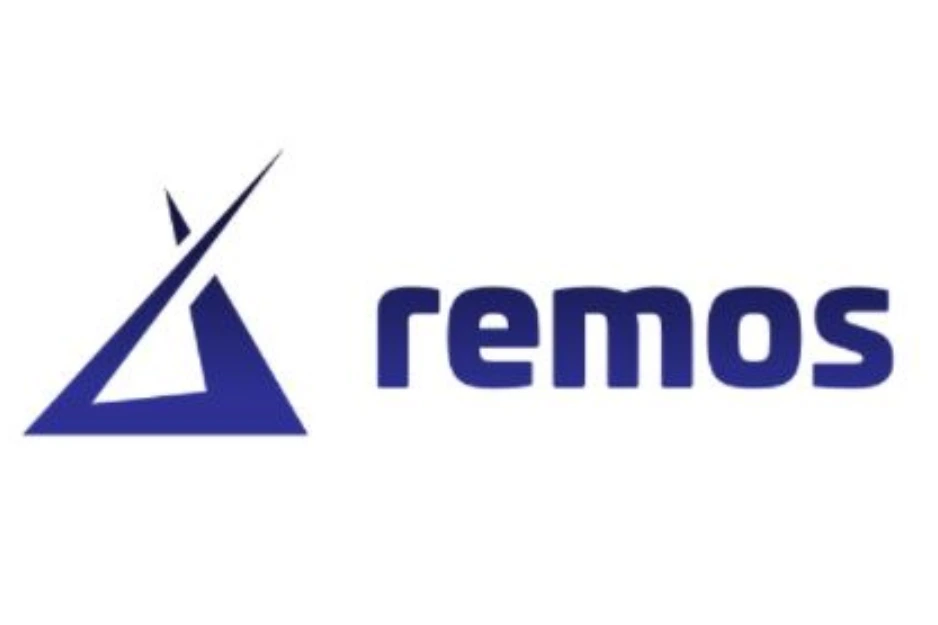As the demand for satellite communications grows across industries – ranging from telecommunications and broadcasting to defense and research – satellite ground stations have become increasingly vital components of global communication networks. Traditional satellite ground operations have often relied on hardware-based solutions for baseband processing, which handles the essential tasks of modulating, demodulating, and managing signal transmissions to and from satellites. However, the rigidity and limitations of hardware-based systems are becoming evident as the industry advances. This is where software modem technology comes into play, offering a more flexible, scalable, and cost-effective approach. Companies like Remos Space Systems are at the forefront of this transformation, delivering innovative software-defined baseband solutions designed to meet the evolving needs of modern satellite ground stations.
What is Software-Defined Baseband Technology?
Software-defined baseband technology replaces traditional hardware components with software-based solutions that can be easily reconfigured and upgraded to support various frequencies, modulation types, and protocols. Unlike hardware-based systems, which often require dedicated, inflexible components for each function, software-defined baseband allows operators to manage and adapt their ground station systems through software updates, significantly reducing the need for expensive, time-consuming hardware replacements.
At its core, software modem technology is rooted in software-defined radio (SDR) principles, which have transformed the communications landscape over the past decade. Its flexibility allows satellite operators to adapt to new frequencies, modulation schemes, and communication standards without major infrastructure changes.
How Software-Defined Baseband Technology Differs from Traditional Hardware-Based Systems
1. Flexibility and Adaptability
One of the most significant differences between software modem and traditional hardware-based systems is the flexibility that software modem offers. Traditional ground stations rely on purpose-built hardware components designed for specific tasks, such as signal modulation, error correction, and data routing. These components are costly and difficult to replace or upgrade.

In contrast, software modem technology allows operators to manage these processes through software, providing the agility to reprogram and update systems as needed. This adaptability makes software modem solutions especially valuable in a dynamic field like satellite communications, where requirements can change rapidly due to advances in satellite technology and new mission objectives.
2. Cost Efficiency
Traditional hardware-based systems involve significant capital and operational expenses. Each hardware component in a ground station requires regular maintenance and, in some cases, eventual replacement. For satellite operators, the costs of upgrading ground stations to support new waveforms can be prohibitive, especially in cases where new hardware installations are required.

With software modem technology, these costs are dramatically reduced. Remos Space Systems’ software-defined baseband solutions allow satellite operators to update or expand their ground station capabilities through software updates rather than costly hardware modifications.
3. Scalability
Another key advantage of software-defined baseband technology is its scalability. Traditional ground station systems are limited in their scalability due to the fixed nature of hardware components. When additional capacity or functionality is required, operators typically have to invest in additional hardware (especially FPGA firmware update – which is costly and more complex to do than Remos’ software modem updates), leading to increased costs and complexity.

Remos Space Systems’ software modem solutions allow operators to scale their ground station capabilities much more efficiently. As demands increase, operators can expand capacity by deploying additional software licenses or virtual instances rather than purchasing new hardware. This level of scalability is crucial for operators who manage large networks of ground stations or those who need to support an expanding number of satellite missions over time.
The Role of Remos Space Systems in Advancing Software Modem Technology for Ground Stations
Remos Space Systems has positioned itself as a leader in the development of software-defined baseband solutions for satellite ground stations. Their technology allows satellite operators to implement, upgrade, and manage their ground station functions with unprecedented flexibility and efficiency. With solutions that prioritize adaptability, cost savings, scalability, and security, Remos is helping to redefine the way satellite ground operations are conducted.

By leveraging software modem technology, Remos Space Systems enables ground station operators to adapt to new satellite missions and standards without needing major hardware investments. The company’s solutions also help future-proof satellite ground stations, allowing them to respond to industry developments such as the increased demand for high-speed data, greater security measures, and enhanced communication protocols.
Conclusion
As the satellite communications industry continues to evolve, software-defined baseband technology is set to play an increasingly central role. The shift from rigid, hardware-based systems to flexible, software-driven solutions provides significant advantages for ground station operators, including cost savings, scalability, and flexibility. Remos Space Systems’ innovations in this area are enabling a new generation of ground stations that can adapt and grow with the industry’s changing demands.
For satellite operators, adopting software-defined baseband technology is more than a matter of convenience—it is a strategic decision that positions them for success in a rapidly advancing field. With companies like Remos Space Systems leading the way, the future of satellite ground operations looks not only more efficient but also more resilient and capable of meeting the challenges of tomorrow’s satellite missions.
















